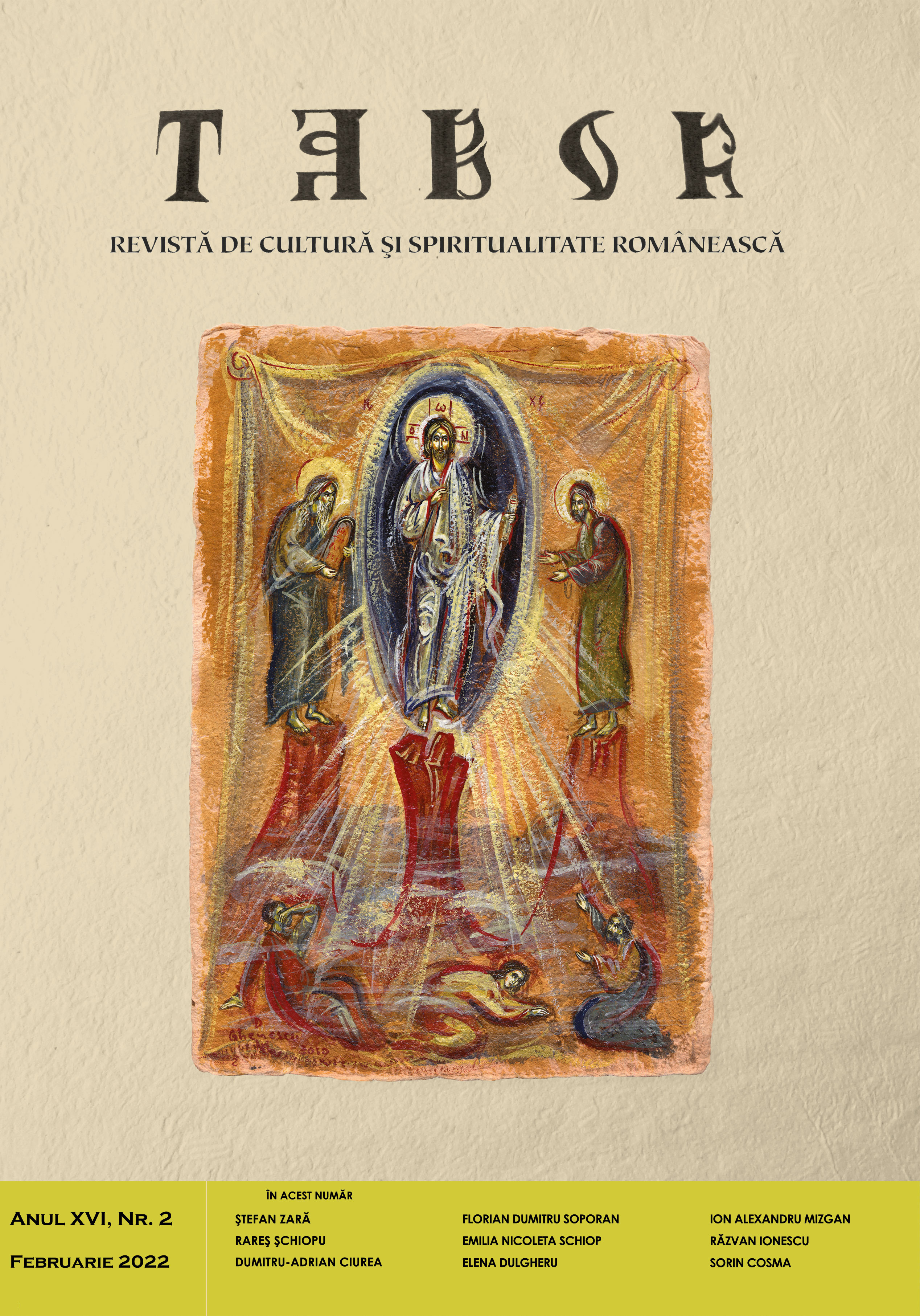Religia în perioada pandemiei
Religion during the pandemic
Author(s): Emilia Nicoleta SchiopSubject(s): Christian Theology and Religion, Human Rights and Humanitarian Law, Health and medicine and law, Political Essay
Published by: Renaşterea Cluj
Keywords: pandemic; religion; human rights; Giorgio Agamben; case studies;
Summary/Abstract: After various global crises began to recover, the challenge posed by the coronavirus, the unseen enemy, diverted attention from other issues considered less urgent.The paper will focus primarily on the description of the article by Giorgio Agamben, one of the greatest philosophers alive today. The article shows how science and medicine have become the “religion” of our times, especially in the context of current challenges, such as the pandemic. In the modern West, three major belief systems have coexisted and, to some extent, still coexist: Christianity, capitalism, and science. In modern history these three “religions” have often intersected, coming into conflict from time to time, only to reconcile in various ways, until they have gradually reached a kind of peaceful and articulate coexistence, if not a true and adequate collaboration in the name of the common interest. According to Cătălin Raiu, Europe has not only a venerable Christian tradition, but also political structures born of or in relation to Christianity.Secondly, the paper is analyzing the right to health, but also to religious freedom, observing the border between the two. Later the paper is observing how some countries approached religion during the pandemic. There have been many cases of churches suing the state that closed them, recently in Madrid and California.This subject is a topical one, people currently feeling the effects of restrictions on the religious phenomenon in a negative way.Regarding the methodology, the article starts with the presentation of the context in order to create an overview of the phenomenon (the sources being both general and special, to highlight elements from several areas), but it does not neglect elements of originality resulting from the legislation analysis (official sources providing objective points of view through document analysis) and its implementation, but also from case studies (both by examples of good practice and by negative examples).
Journal: TABOR. Revistă de cultură şi spiritualitate românească
- Issue Year: XVI/2022
- Issue No: 02
- Page Range: 52-59
- Page Count: 8
- Language: Romanian
- Content File-PDF

